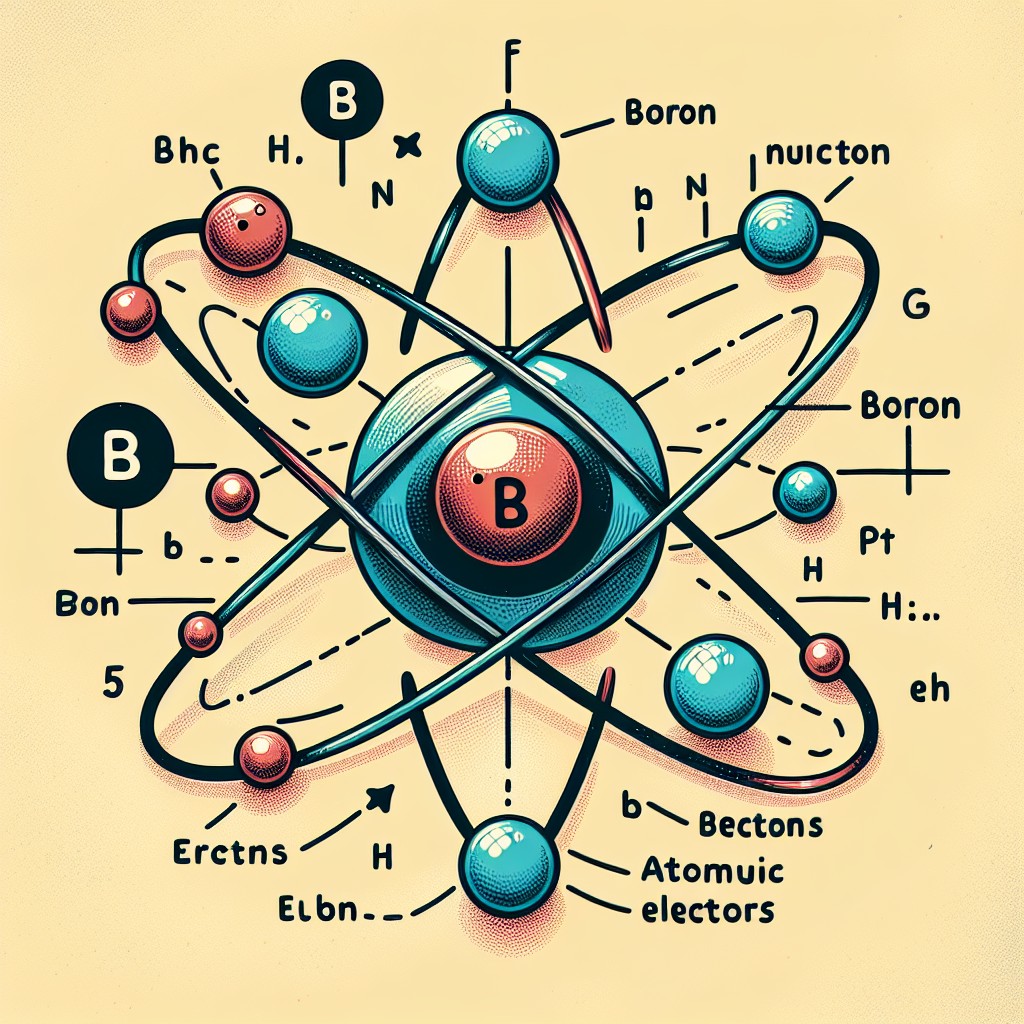| Date | Type | Event |
|---|---|---|
| 1942-02-02 | In 1942 Vidkun Quisling, the Nazi collaborator established himself as Prime minister of German-occupied Norway. Quisling was a Norwegian commander and Nazi sympathiser who on the 9th of April 1940 gave the order to permit the Germans safe passage into Norwegian ports allowing them to slip through the mines laid by the British. This allowed thousands of troops to enter Norway and take control of the country. When the Norwegian government refused to surrender they were replaced by more controllable councillors, the chief of these was Quisling. Quisling sent many of his fellow countrymen to German concentration camps, buying favour with his German overlords. At the end of World War II Quisling was tried for treason and executed. | |
| 1942-06-04 |
On this day in 1942, the Battle of Midway began. After the attack on Pearl Harbour (on the 7th of December 1941), the Japanese fleet continued to dominate the Pacific Ocean and conquer resource-rich islands in the region, including Malaysia, Singapore, and the Philippines. They destroyed anything in their path including British Battleships. Meanwhile, the United States had been salvaging the ships damaged at Pearl Harbour. They had managed to repair all but one of the sunk Battleships and within six months the United States were ready to strike back. Between the 4th and 8th of May 1942, the United States and Australian Naval vessels encountered the Japanese fleet in the Battle of the Coral Sea with equal damage on both sides they both retreated. During the Battle two of the Japanese Aircraft carriers, the Shokaku and the Zuikaku, could not continue fighting. Admiral Isoroku Yamamoto, commander of the Japanese Naval fleet had planned to end the US Pacific Fleet once and for all. Yamamoto planned to attack the coast of Alaska which would draw the US Fleet north. Then he would attack the Island of Midway with a much larger force confusing the US Fleet who would have to divide and move south into an ambush. But US intelligence had intercepted the plans and was ready to strike their own surprise attack on the Japanese. On the 4th of June 1942 37 US Bombers, launched from the USS Enterprise, Yorktown and Hornet, attacked and destroyed two of the Japanese aircraft carriers. Within six hours the remaining Japanese Aircraft carriers were also destroyed. In this complete victory by the US Navy not only had they destroyed the seemingly invincible Japanese fleet that had dominated the Pacific Ocean, but they also destroyed 3 (the Kaga, Soryu and Hiryu) and damaged 1 (the Akagi) of the six aircraft carriers that had mercilessly struck at Pearl Harbour | |
| 1942-08-23 |
In 1942 the Germans began their assault on the Russian City of Stalingrad.
On the 22nd of June 1941 Hitler put “operation Barbarossa” into action which was the invasion of the Soviet Union by Allied Germany. The politics of Nazi Germany and Soviet Russia were vastly different and Hitler was known for his intolerance towards communism. In his autobiographical book “Mein Kampf” (which he wrote while in prison in 1924 and was published the following year) Hitler talks of his hatred of communism and his belief that the superior German race had a destiny to conquer Russia, allowing the German race to grow. However Germany and the Soviet Union did have some common ground. Both nation’s politics were opposed to the allied capitalist nations and on this basis Germany and the Soviet Union signed a non-aggression pact on the 23rd of August 1939. The Molotov-Ribbentrop Pact (named after the two foreign ministers that signed the pact) ensured that the German’s, who were allied with Japan, would not attack Russia over the Soviet-Japanese border conflicts that had been raging since 1932. The pact also included a secret agreement which included carving up of the countries of Estonia, Finland, Latvia, Lithuania, Poland and Romania for the political influence (known as “spheres of influence”) of the Nazi party and Soviet Union. Germany’s invasion of Poland, which began on the 1st of September 1939, was closely followed by the Soviet invasion which began on the 17th of September. One week later, on the 24th of September 1939, the Soviet Navy began patrolling the Estonian shores pressuring their government to allow Soviet military bases in Estonia. The Soviets then forced Latvia to sign a treaty on the 5th of October 1939 forcing them to allow military bases in their country. On the 10th of October 1939 “The Soviet-Lithuanian Mutual Assistance Treaty” was also signed allowing the Soviets to place five bases in Lithuania.
Soviet Russia continued their own invasion of European countries with their invasion of Finland which began on the 30th of November 1939 (their invasion continued ultimately unsuccessfully until the 13th of March 1940 in what was called “The Winter War” but the Soviets did gain around 11% of Finnish territory). As the German army forced the fall of Paris on the 14th of June 1940, the Soviets began a military blockade of Estonia before their full invasion began on the 16th of June. Already occupied by Soviet military, the Estonian government capitulated the following day on the 17th of June 1940 and Russia then began their invasion of Latvia. The Soviet Union also issued an Ultimatum to Lithuania on the 14th of June and invaded the following day.
In October 1940 Germany and the Soviet Union began talks regarding the possibility of them joining the fourth member of the Axis Powers against the Allies. But Japan had always been firmly opposed to Communism and their military pact with Germany was based on their mutual opposition to it. In December 1940 Germany ceased communication with the Soviet Union on the matter. But even during these talks Hitler had been planning his invasion of Russia. In fact Hitler’s wish to invade Russia, as explained in Meine Kampf, had always been on his mind and additionally Hitler wanted their oil and a new labour force. On the 5th of December 1940 Hitler’s military plans for the invasion of Russia were complete. On the 22nd of June 1941 “Operation Barbarossa” began as the largest invasion force ever seen, some 4 million troops, began their invasion of Russia. On the 8th of September 1941 the German forces began the siege of Leningrad, a hugely symbolic city to the Soviets as it was named after the founder of the communist movement in Russia and the people of Leniongrad would not give it up without a fight. The Siege of Leningrad continued until the 27th of January 1944. The remainder of this huge attack force pushed into Russia and in less than six months German forces were within 30 kilometres of Moscow. The “Battle of Moscow” began on the 2nd of October 1941 when the Desperate Soviets began throwing all they had at the Invading German forces. On the 5th of December 1941 (exactly one year after Hitler’s plans for the invasion were complete) the Russians began to stop the advance of the German army ending Operation Barbarossa. Russia had nearly 4.5 million casualties of war by this point but this would be the beginning of the end for Hitler. Despite his many further attempts to defeat the Russian’s, they continued to repel the Germans right back to Berlin, causing Hitler to take his own life and Germany to loose the War. The Battle of Moscow continued until the 7th of January 1942 when the Russian army forced a German retreat.
On the 28th of June 1942 Germany began Operation Blue which was a two pronged attack on Russia with the hope of defeating them once and for all. They advanced towards the Russian oil fields in Baku and towards the city of Stalingrad. Stalingrad held great strategic importance but it also held great symbolic value as it was named after Russian leader Joseph Stalin and to loose it would weaken the Red armies resolve. After five months of fighting in weather that reached -30°C the German’s 6th army were defeated and 90,000 German soldiers were taken prisoner.
By the 20th of April 1945 the Soviet forces had fought their way into Germany and Surrounded Berlin. The Battle of Berlin began on the 23rd of April 1945 and by the 2nd of May the Soviet forces were victorious. The Soviets lost more people in the second world war than any other nation with approximately 25,000,000 dead.
| |
| 1942-11-27 | In 1942 the French Navy were forced to Scuttle their ships to avoid being used by their German Captors When the Battle of France ended on the 25th of May 1940 Germany now occupied France and Great Britain only had the might of its navy between them and a Nazi invasion. With the French Armistice signed Germany now controlled much of the French military hardware. Great Britain wanted to remove the possibility of the Germans using French naval vessels against the Royal Navy despite French Admiral Francois Darlan’s reassurance that the Armistice prohibited the Germans from using the French Fleet. The armistice required the French Navy to return their ships to port where they would be disarmed by the Germans but not used in any way. This was little comfort to the British government partly because Germany had proven time and again that it didn’t value such agreements, including in the invasion of Czechoslovakia, and also because France had already been requested to send her fleet to Britain away from the German influence. The Allied agreement stated neither country could surrender to Germany without notifying the ally. When France made it known to the British Government of their intent to surrender to Germany, Britain strongly requested that the French naval fleet sail to British ports to prevent them from falling into enemy hands. Many of the French Naval fleet did indeed sail to Britain but a larger fleet sailed to the Algerian port of Mers-el-Kébir. On the 3rd of July, The French ships in the British ports were immediately boarded and taken by the British naval officers to prevent any agreement between the French and Germans being acted on. On the same day, the British Vice-Admiral James Somerville and his naval fleet arrived in the Algerian port to deliver an ultimatum with four choices to the French Admiral Marcel-Bruno Gensoul stationed there.
(If either of these options is chosen then your ships would be repaired and returned to you at the end of the war. And Britain would pay compensation for any damage sustained)
If the Admiral refused these options then Somerville was under direct orders to attack and destroy the French fleet within six hours of delivering the Ultimatum. Admiral Gensoul refused all the options given to him by the British officer and he refused to meet with a British representative to discuss the issue. He did however make it known that French vessels would not take any action against the British fleet unless provoked. Reluctant to open fire on an allied naval force the British offered another option to the French fleet. They could sail for the US where they would be safe from German influence and they would be returned after the war. This option too was rejected by Admiral Gensoul who sent a message to French Fleet Admiral Darling informing him of the situation, but for whatever reason Gensoul only informed Darling of the British intention to sink the ships within six hours and failed to pass on any of the other options given by the British. Admiral Darling reacted by ordering all available French vessels to set sail for the port and aid the Admiral against any British attack. The British intercepted this communication and informed Somerville of the approaching French vessels. Somerville had no choice but to open fire on the French fleet. They returned fire but to little effect. By the end of the Battle of Mers-el-Kébir the following day 1,297 French sailors died while Britain lost just two airmen that were shot down while laying sea mines in order to prevent escape. Relations between Britain and France were very strained after Operation Catapult and France even attempted to retaliate by bombing British ships at Gibraltar but with little effect. Germany enjoyed the opportunity for propaganda created by the situation. As early as December of 1940 Germany began to plan Operation Anton with the intention of taking control of the Vichy French government and all the remaining French Naval vessels to be used against the Allies. In November 1942 Germany and Italy did indeed break the Armistice Agreement and occupy the French Vichy government. On the 27th of November 1942 French naval officers scuttled many battleships to avoid German capture. Some of the French vessels were captured by the Axis powers but Allied bombing raids prevented their use in the war. | |
| 1942-12-01 | In 1942 The Beverage Report (named after Sir William Beverage) was released, proposing the welfare state that would ensure care for all ‘from cradle to grave’. |



